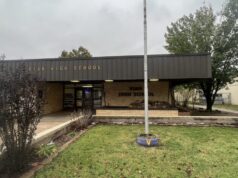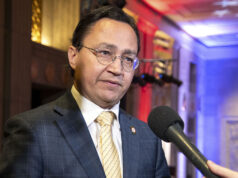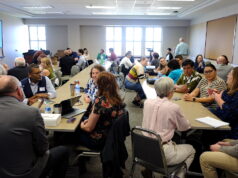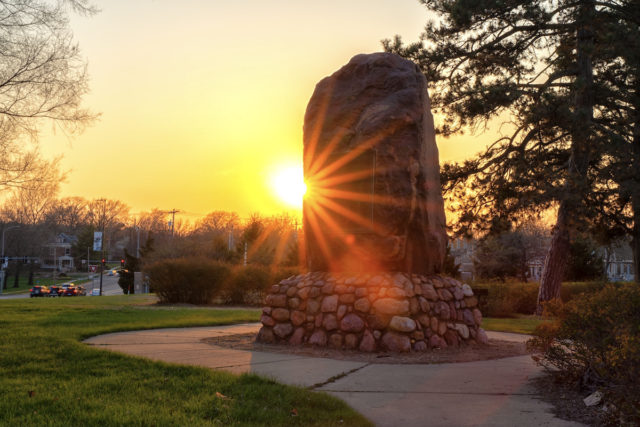

Tribes across the nation are increasingly buying back or being gifted back property in their ancestral homelands and using it either to build economic sustainability or to manage cultural preservation sites.
Muscogee Nation citizen Galen Cloud said he was filled with sobering thoughts the last time he visited his tribe’s homeland. As he drove the 10 hours from Okmulgee to Oxford, Alabama, he complained about traffic, but he also recalled that his ancestors had walked that distance against their wills when the tribe was forcibly removed from its land, in the 19th century.
“You think about it and you’re filled with madness, and then you just feel the pain and then you just hate to imagine what all they went through just to get here,” Cloud said.
Since January, Cloud has served on the Muscogee National Council. Before that, as historic preservation officer for Thlopthlocco Tribal Town, he gained a deep insight into a history he said few know about.
This story was reported by Gaylord News, a Washington reporting project of the Gaylord College of Journalism and Mass Communication at the University of Oklahoma.
Cloud said if someone went to the Muscogee Nation’s ancestral homelands in Alabama or Georgia and looked for Muscogee people, they wouldn’t find many.
“There’s no one down there, because we all are here in Oklahoma now,” Cloud said. “It’s really important that we go back and let people know that we are still thriving. We are still here. There are still people who think that we still live in houses without running water.”
Muscogee Nation and several of its ceremonial tribal towns ended up in Indian Territory, which became Oklahoma in 1907. Muscogee Nation leadership has been working with Oxford’s mayor to protect ceremonial lands in Oxford, where the ceremonial town of the Arbeka people was based pre-removal, according to RaeLynn A. Butler, manager of the nation’s historic and cultural preservation department.
Cloud said the city officials met with people ancestors were from the Arbeka Tribal Town to discuss how to go about preserving the land.
“When we were forcibly removed from there, the Arbeka people just had whatever they could carry,” Cloud said. “The main thing they brought was the fire that still burns today.”
‘Land, our language and our cultural history’
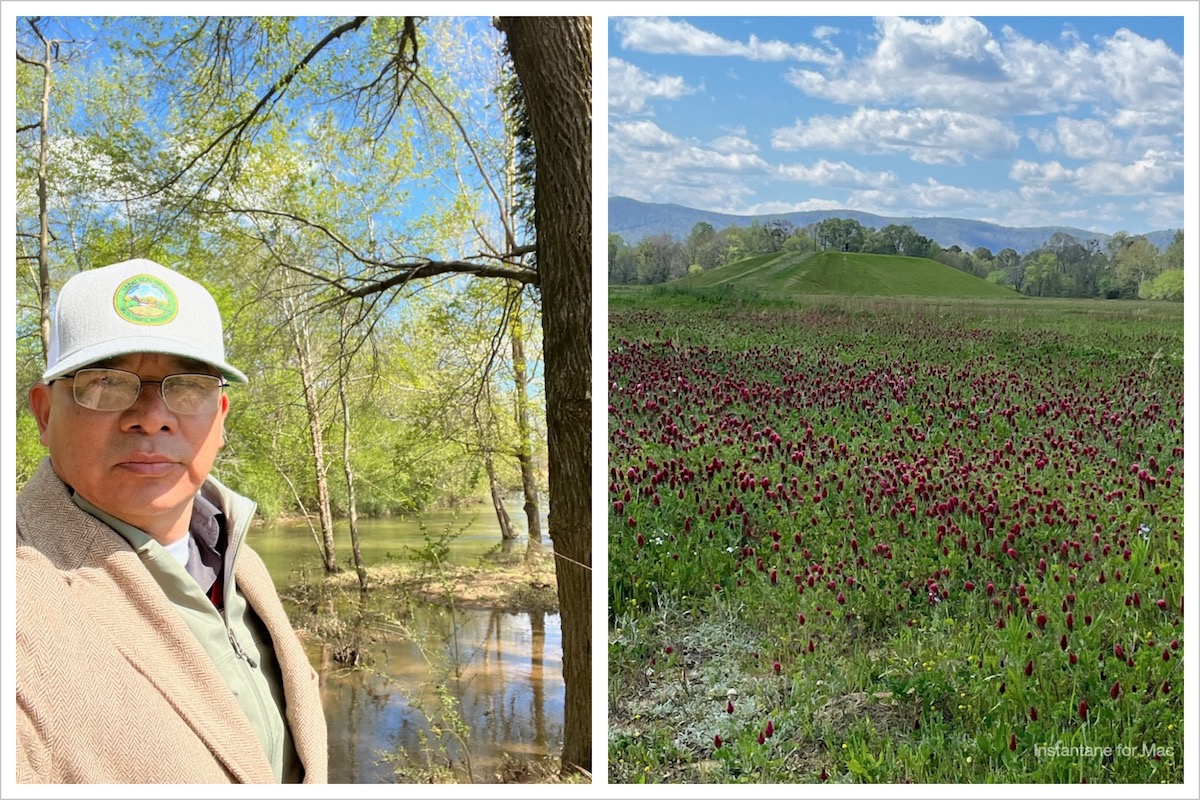
James Pepper Henry, Kaw Nation vice chairman and director of the First Americans Museum, was involved in the early negotiations that led to his tribe purchasing ancestral homelands near Council Grove, Kansas, in 2002.
He said the small purchase of land two decades ago is a drop in the bucket for true recovery of Kaw Nation’s homelands, however.
“That land we purchased was the last vestige of our reservation lands in Kansas,” Pepper Henry said. “The Kaw Nation had 22 million acres in Kansas, and starting from around 1815, then through a subsequent series of treaties, our lands had shrunk to less than about 100,000 acres.”
Council Grove, now home to the Allegawaho Memorial Heritage Park, was the last place the Kaw people lived before they were forcibly removed in 1873 to what is now Kaw City, Oklahoma, situated on the Arkansas River northwest of Ponca City.
“From 1850 to 1970, we went from 22 million acres to 10 acres of land,” Pepper Henry said. “That 10 acres was our cemetery in Oklahoma.”
Pepper Henry said his mission as both vice chairman and a citizen of his tribe has been raising awareness about the Kaw people, who are also called Kanza — which is where the state of Kansas got its name.
“We’re virtually invisible there,” Pepper Henry said. “They see the name ‘Kanza’ here and there, but they don’t make that connection that this is a real, living, breathing group of people that still exist.”
Something still disconnected from Heritage Park is the Kaw Nation’s sacred red rock, called “Iⁿ ‘zhúje ‘waxóbe.” Pepper Henry said it will soon be returned to its rightful location thanks to a $5 million grant from the Mellon Foundation, a private foundation that supports humanities projects.
Another Oklahoma tribe reclaiming homelands in Kansas is the Shawnee Tribe. According to a news release in April, the Kansas State Historical Society has returned the 0.52-acre Shawnee Indian Cemetery to the Shawnee people.
Osage Nation Principal Chief Geoffrey Standing Bear said his tribe is also making progress toward establishing economic growth in its ancestral homelands, having purchased 28 acres in Osage Beach, Missouri, for a hotel and casino resort.
Osage Beach was the site of the largest Osage village before the tribe was removed, in 1808, to present-day Pawhuska.
Osage Casino CEO Byron Bighorse said the project will bring an estimated $60 million investment to the region, including new jobs, tourism and revenue to the Lake of the Ozarks community.
“Phase 1 includes construction of a casino, sports bar, restaurant and meeting space,” Bighorse said. “It also includes a hotel, which will have general hotel rooms, suites, a fitness and exercise facility, a pool and hot tub and a pool bar.”
Standing Bear said that, in his eight years as principal chief, the tribe has purchased back about 55,000 acres in Oklahoma in addition to reclaiming 160 acres of ancestral homelands in Kansas. The Osage lost 90 percent of their Oklahoma land after removal, going from nearly 1.5 million acres to under 150,000, he said.
“When I ran for office, I said this administration would be built on three pillars: land, our language and our cultural history,” Standing Bear said.
Wyandotte Nation Chief Billy Friend said pandemic restrictions that have prevented the Wyandotte people from visiting ancestral homelands have made the land reclamation the tribe’s been able to accomplish feel all the more important.
In 2015, the tribe purchased 16 acres of ancestral homelands in what is now Brownstown, Michigan, and then, Friend said, in 2018 began efforts to reclaim the church where Wyandotte ancestors once learned to read, write and worship, in Upper Sandusky, Ohio. The Methodists gave the church back to the tribe in 2019.
Wyandotte people will visit the church in July for the first time since the pandemic began. Friend said not visiting these past two years has been difficult.
“I think it’s had a really big impact on many of us and especially those that are getting older, to not be able to go back and relive that experience or have that experience for the first time,” Friend said.












